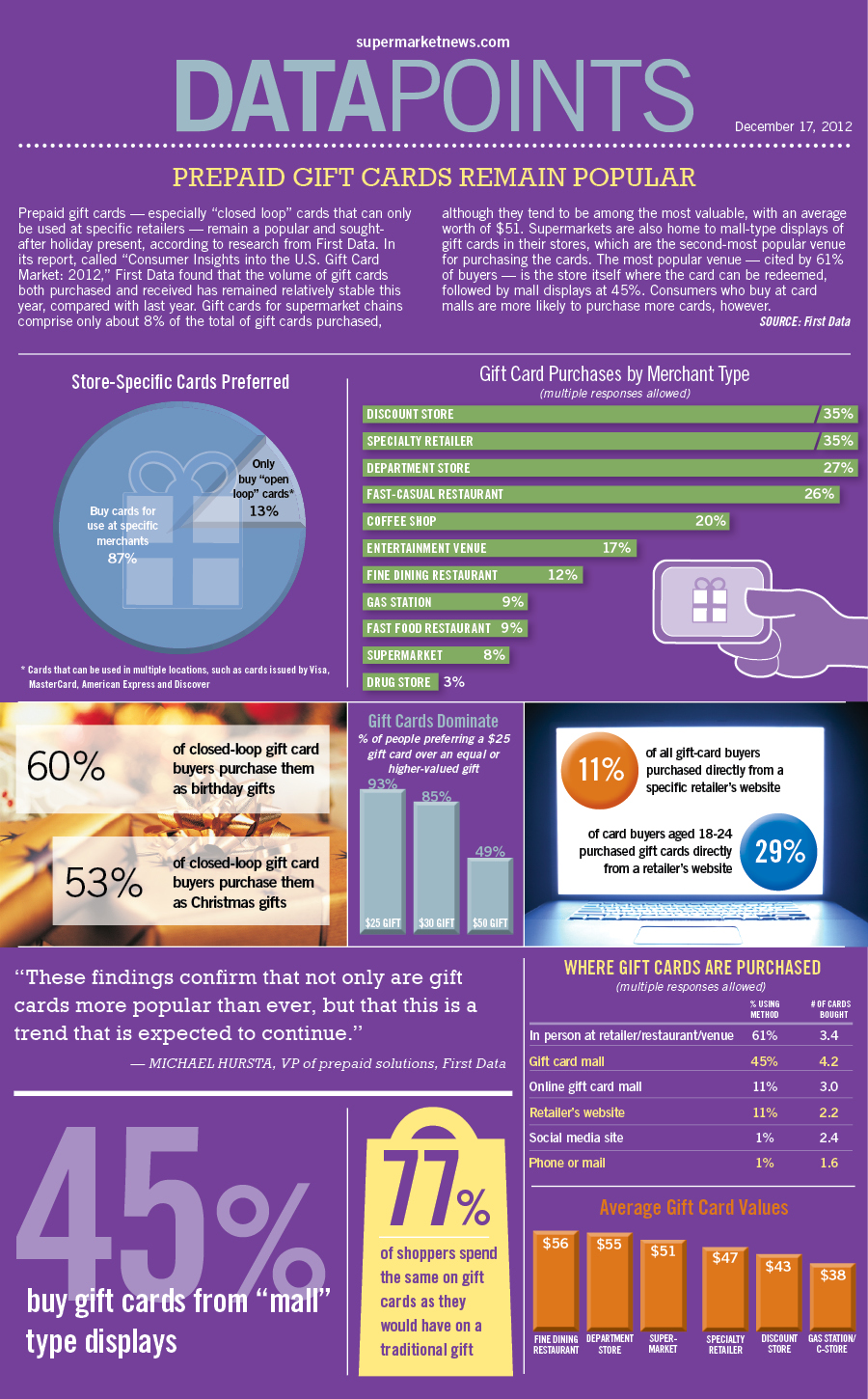Using UV laser inscription, artists can raise glass art to new elevations. From deep inscriptions that produce a responsive experience to surface markings that are extra subtle, the resulting art work can captivate and influence.
To limit breaking during laser engraving, use a thin coat of liquid dish soap to the surface area of your workpiece. This will certainly help dissipate any type of warmth caused by the laser and protect against the engraving surface area from coming to be rough.
Clarity
Glass might look delicate, yet it's actually a resilient product. You can find basilica home windows made of glass that more than 500 years of ages. Glass is also very tough and can withstand some heavy lots. It can even be tempered, that makes it more powerful and more durable. This permits personalized glass to remain looking lovely and undamaged for a very long time.
If you're showing your personalized glass, it is advised to put it on a quality stand or framework. This will certainly make the glass look even more formal and distinguished. One more choice is to utilize a light for your display screen. This will certainly illuminate your engraved glass, which can truly make it shimmer.
When inscribing glass, it is important to use heat-resistant handwear covers. The particles developed throughout the process is extremely warm and can trigger burns if you touch it. It is additionally an excellent idea to work in a well-ventilated area.
Representation
The contrasting structures of sandblasted and clear glass produce one-of-a-kind visual results depending on the light. When shown light is routed from the side, darkness cast over the uneven surface of sandblasted glass, which can improve the viewed appearance and add depth to the design. When backlit, the sandblasted areas of glass are transformed into a diffused light panel, gently lighting the piece and highlighting its frozen sections.
Engraving is a form of decoration on glass utilizing a tool to abrade the surface area to leave a mark, from the really most basic diamond-point hand devices to intricate equipment. It is a subset of glass art, along with etching and cut glass.
Until recently, creating engravings was a very labor-intensive and expensive process. The creation of initial sandblasting and afterwards laser engraving significantly lowered the cost of glass engraving, making it possible to order more customized engraved pieces. It also allows the creation of layouts that can not be generated with earlier approaches.
Openness
The crystal clearness of etched glass makes it a stylish canvas for elaborate designs that serve both aesthetic and useful objectives. Whether it's for ornamental art, awards, or custom-made glass wares, the fusion of style and feature collections personalized glass besides other artistic tools.
Personalized glass is likewise lasting. It can be found in cathedral home windows that have made it through for greater than 500 years. It is resistant to the most unpleasant damage, making it a long lasting and versatile choice for business areas or domestic homes.
The engraving procedure utilizes heat to soften the glass and make it flexible sufficient for pattern imprinting. Depending on the wanted style, the etching can produce message or photos and can even provide deepness for a 3D effect. The modern-day laser etching process can work on the surface area of the glass in addition to inside it. This allows for even more comprehensive pictures than the typical stipple process.
Shade
Personalized glass is a kind of decorative glass with a three-dimensional pattern or image. It is typically used to develop privacy without obstructing light and supplies an elegant seek homes.
The oldest inscription method involves incising the layout into glass with a revolving copper wheel fed with abrasives. Much more modern-day methods include ruby scribing and stipple engraving. The last works by touching a very hard, sharp point (commonly tungsten carbide) onto the surface of a glass item to make small dots. By differing the density of the dots, various tones can light reflection on etched glass be produced, from black to white.
Lasers are the latest glass etching modern technology. They utilize a concentrated beam of light of single light to heat the glass, which evaporates and cracks it. The laser's accuracy allows for in-depth designs, however it is important to utilize a jig or clamps to secure the glass to avoid activity that can result in imbalance. This is especially important for glass that has been etched or sandblasted.
